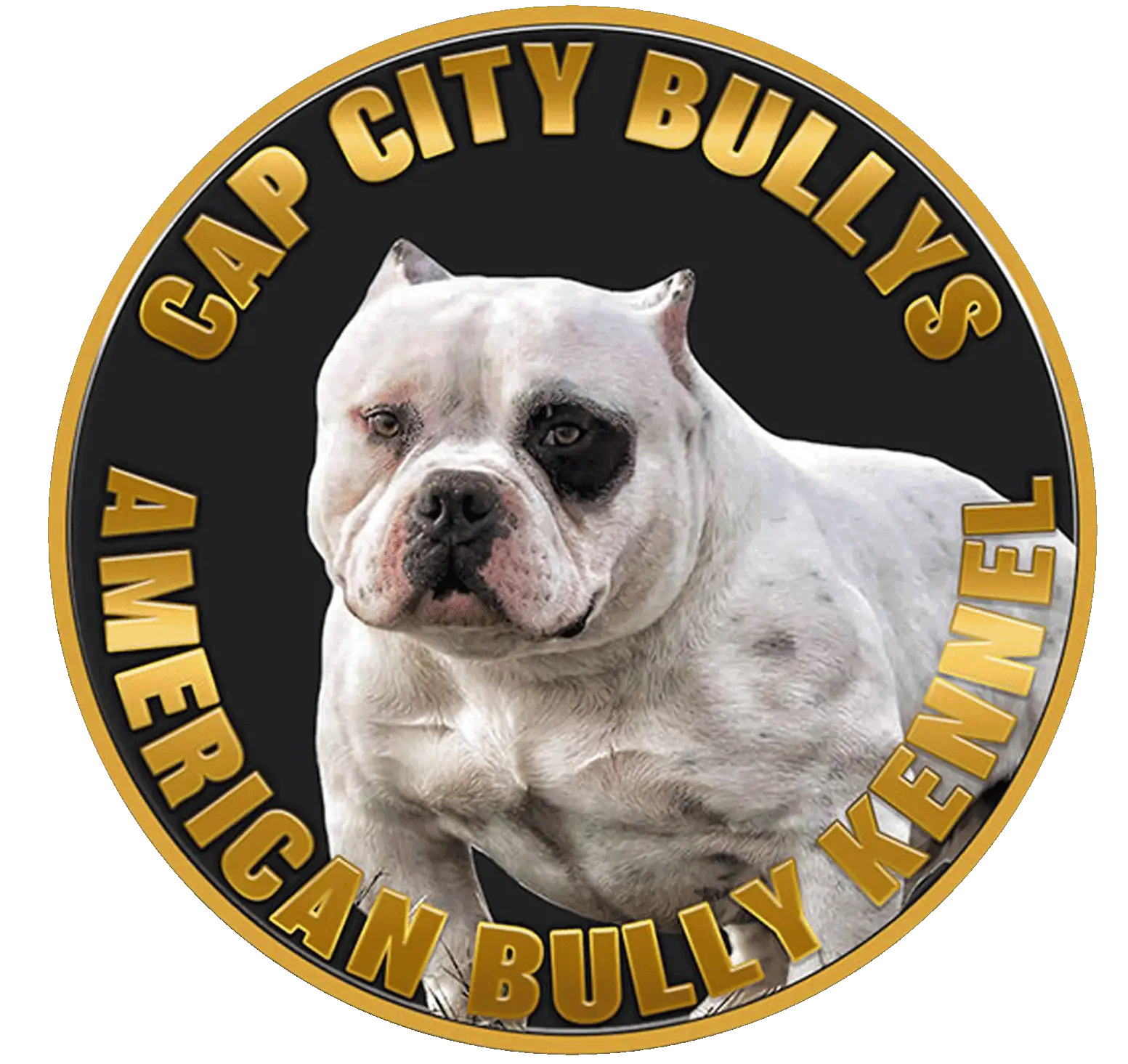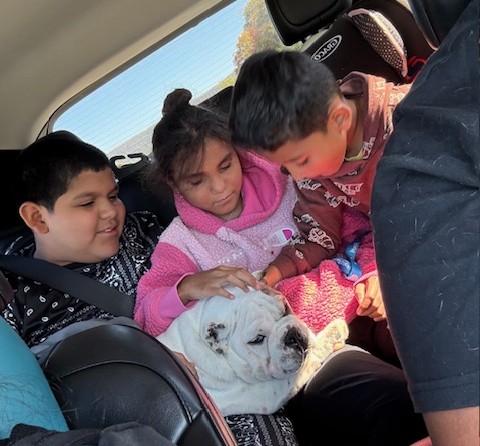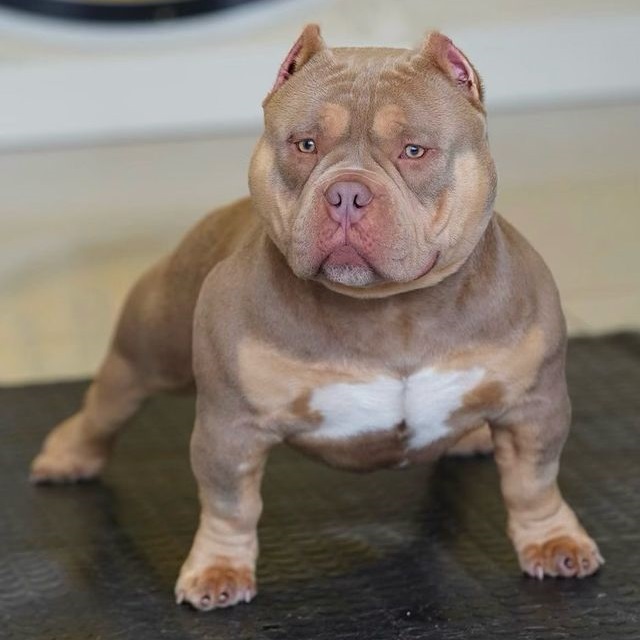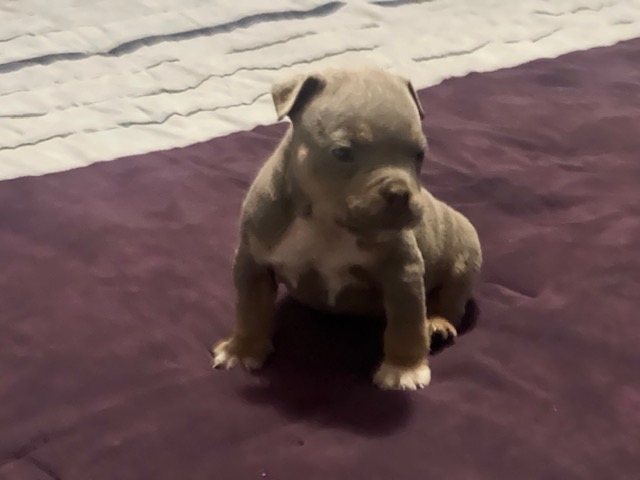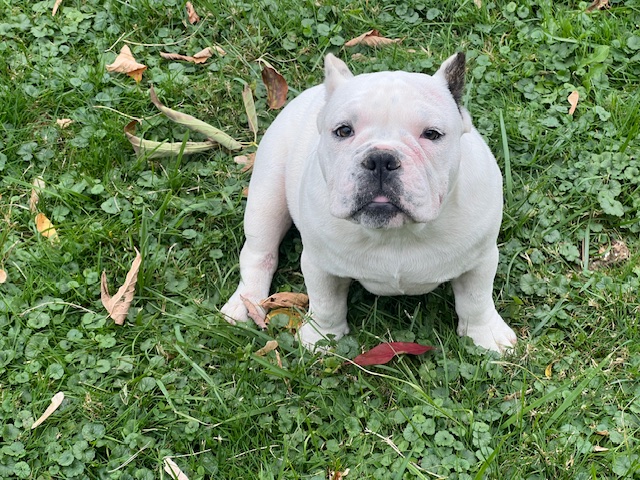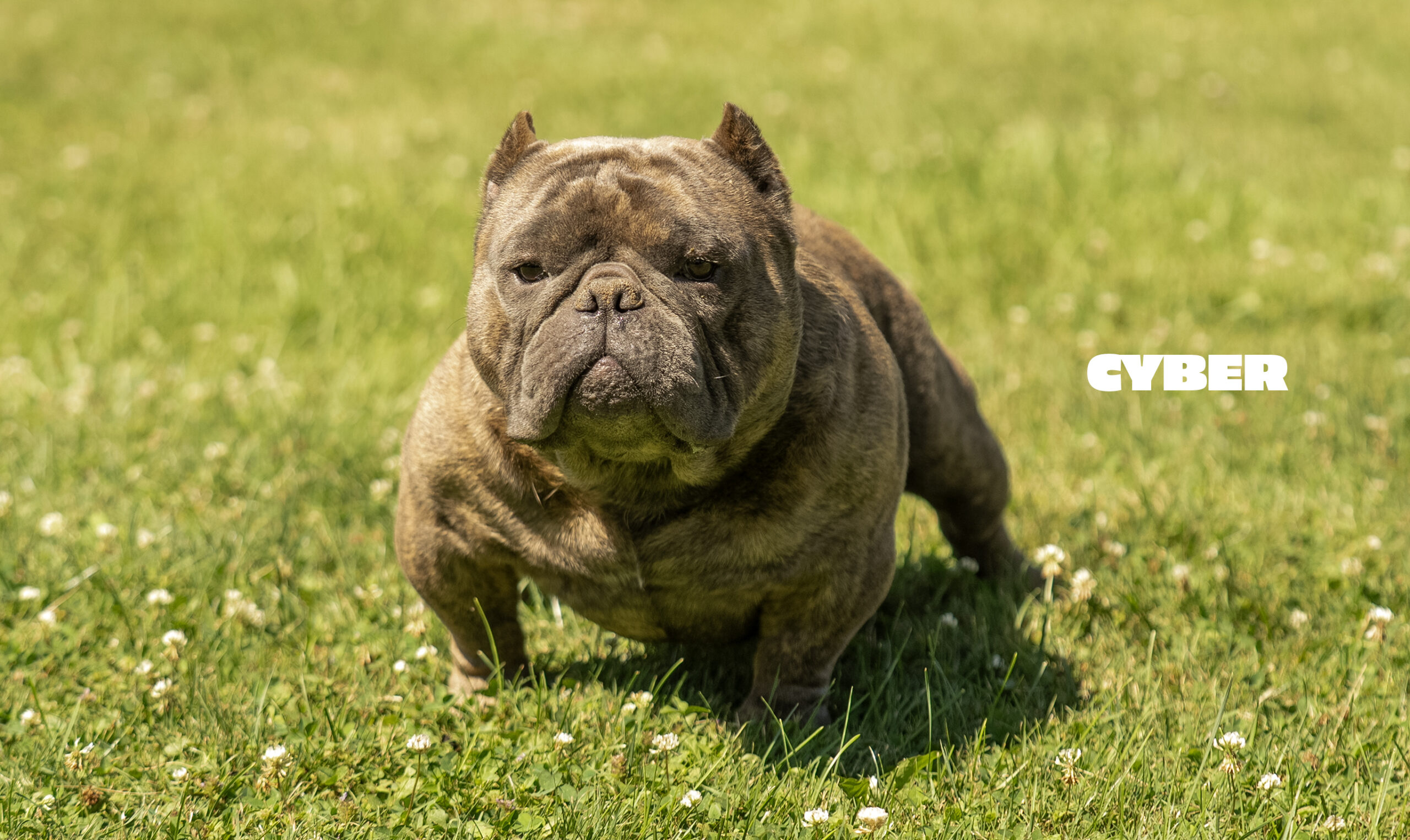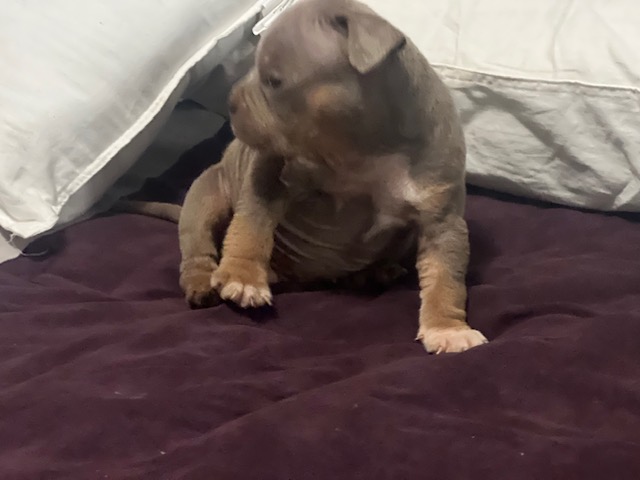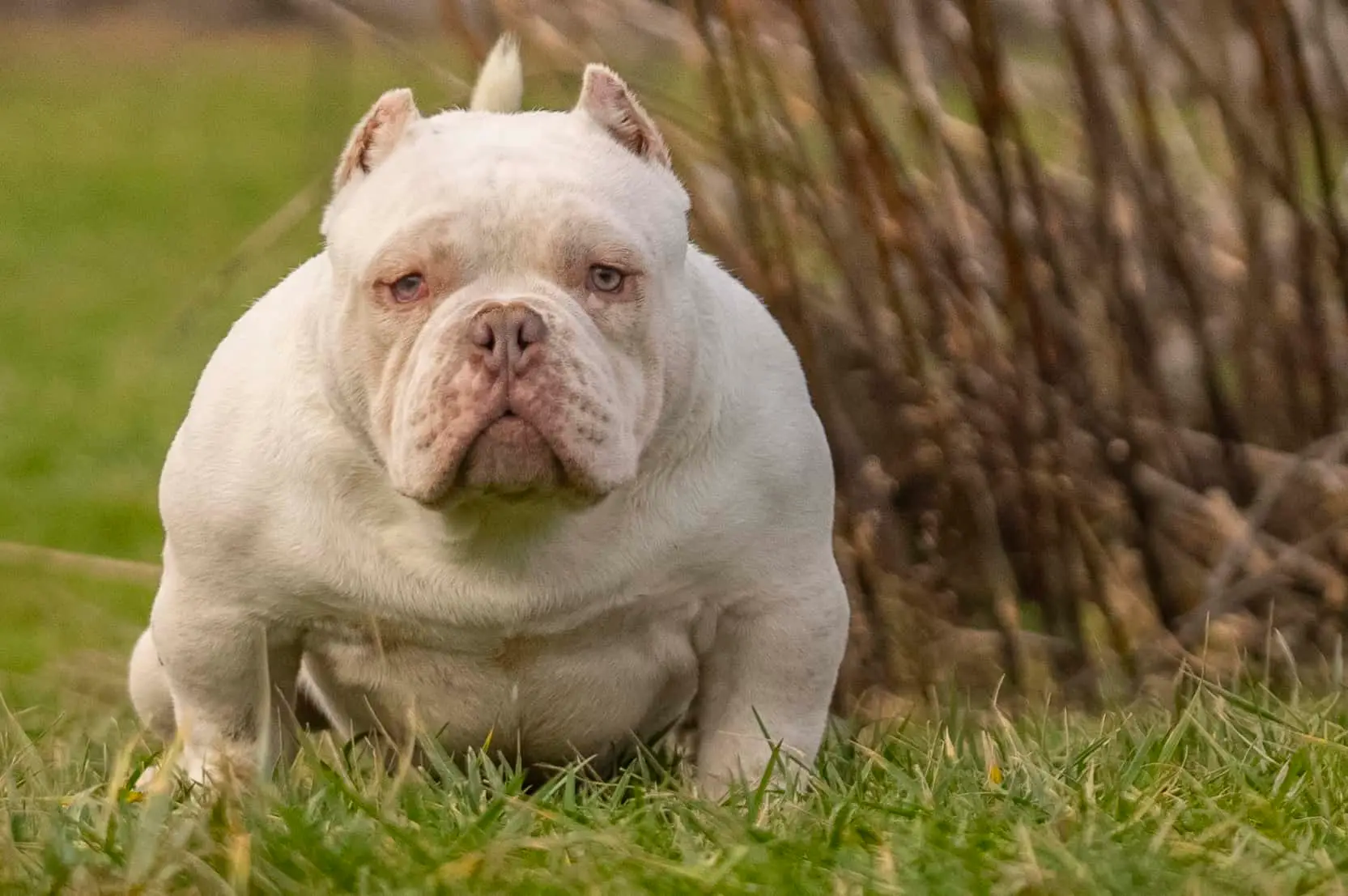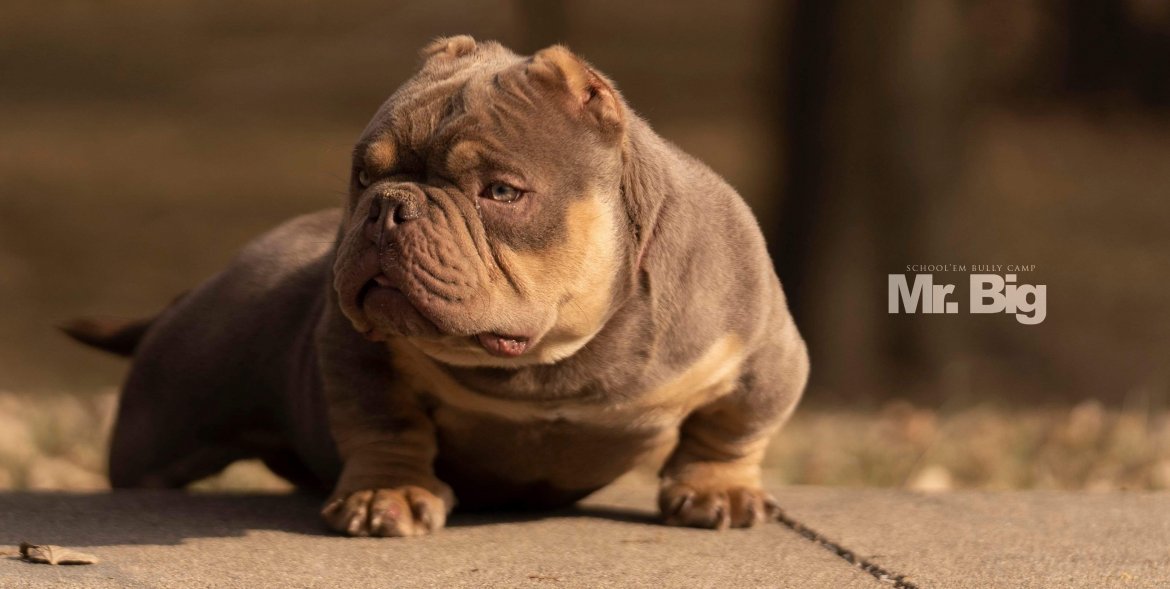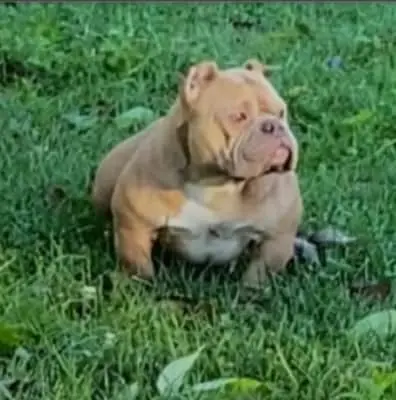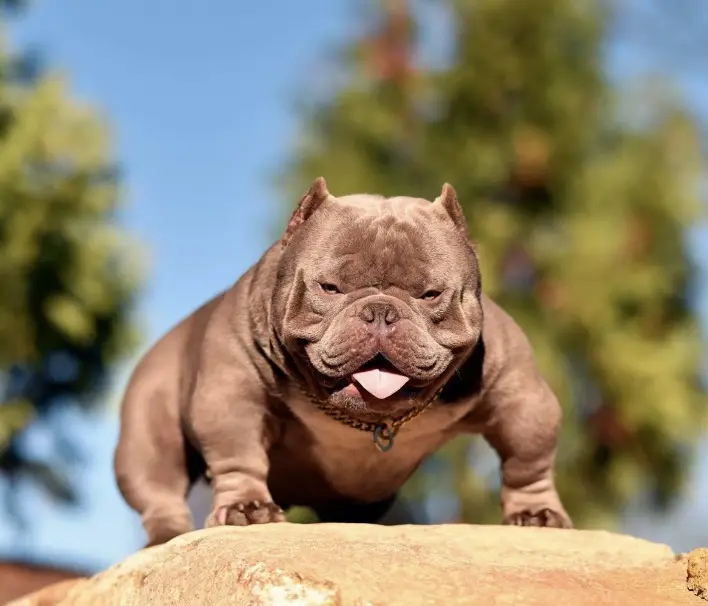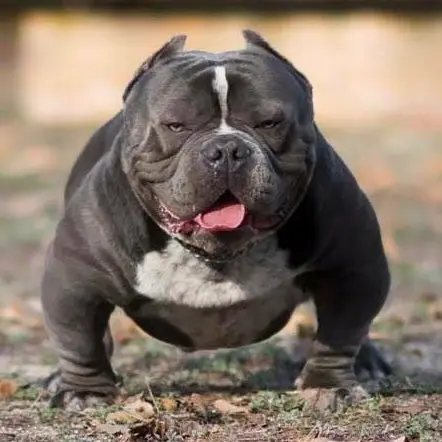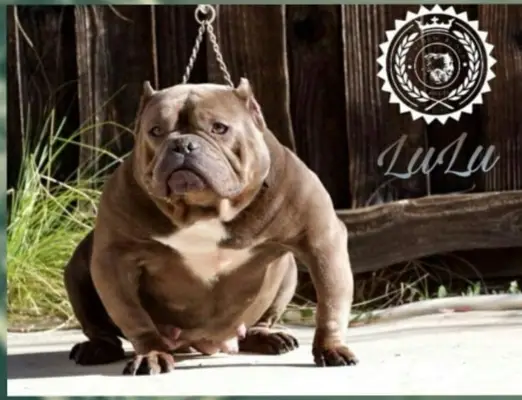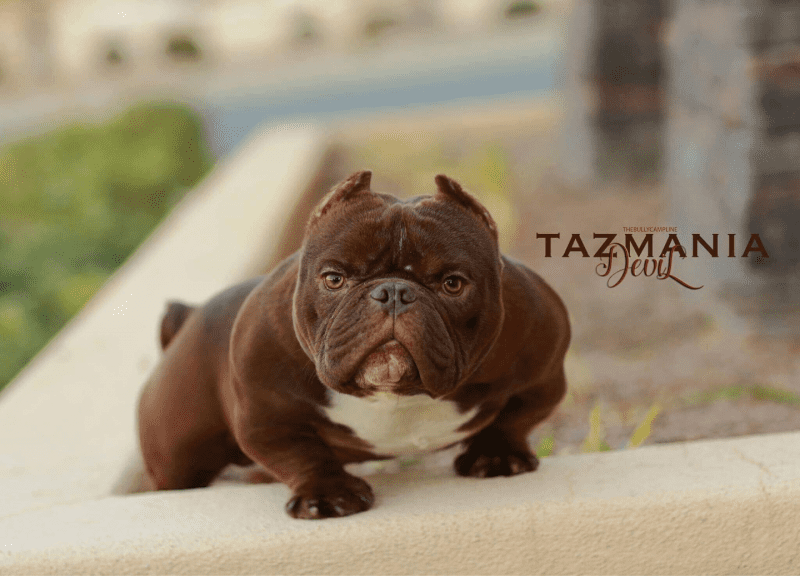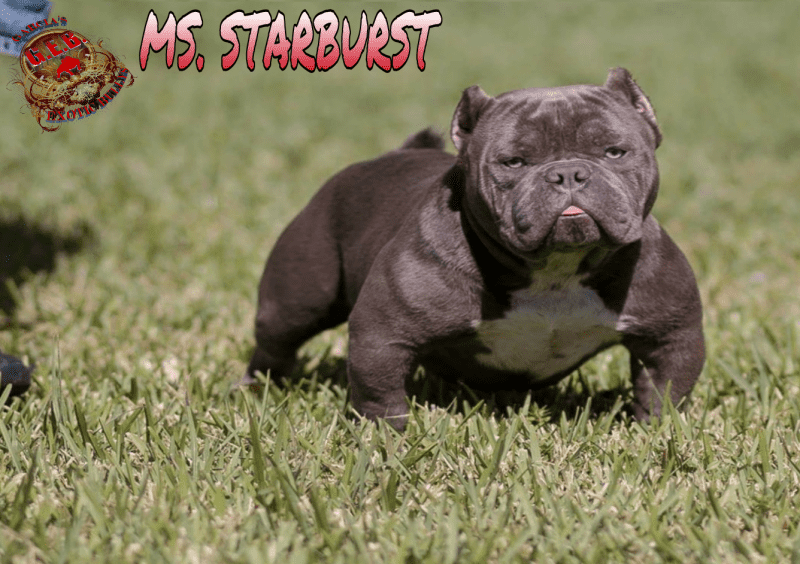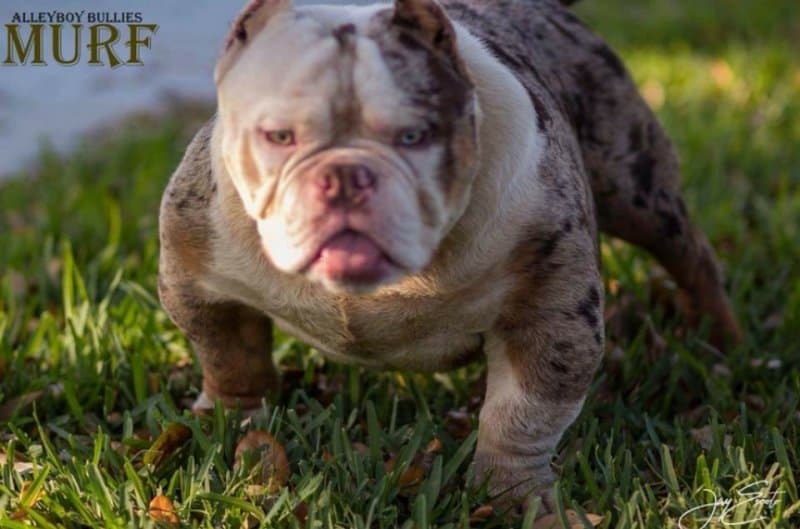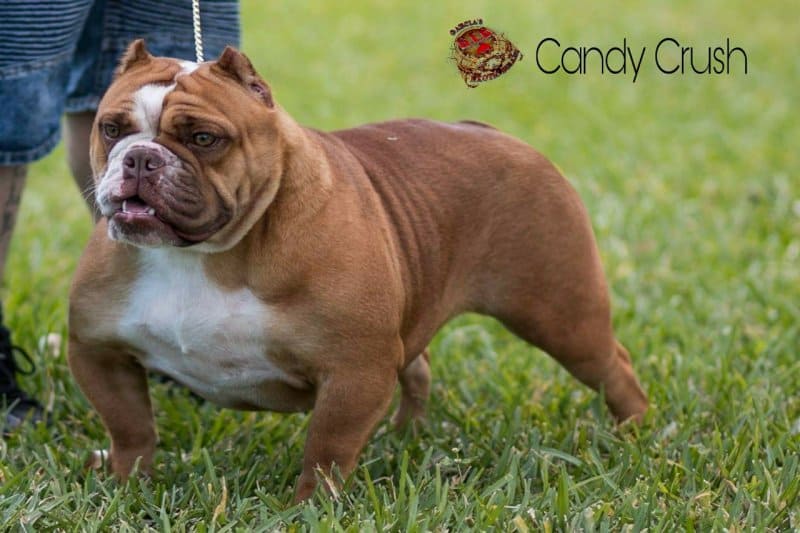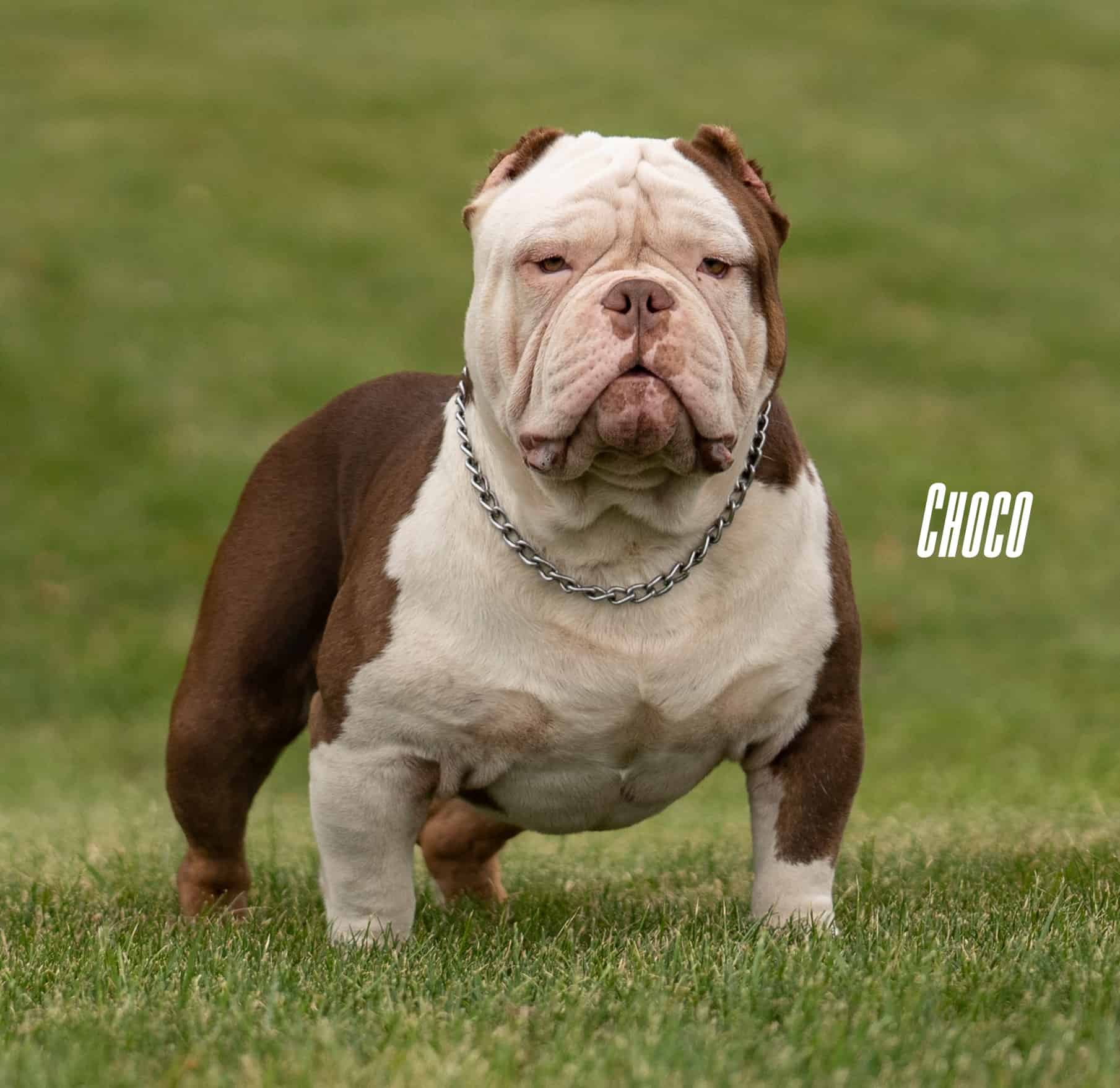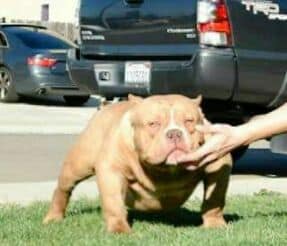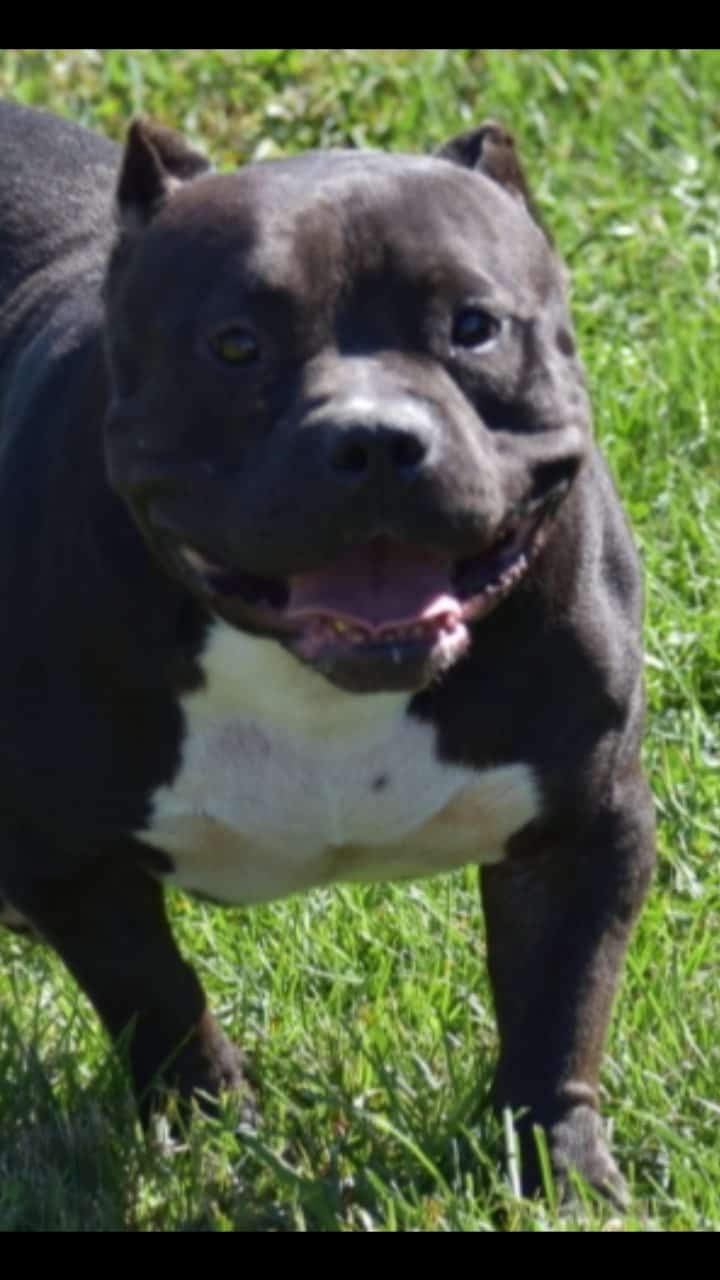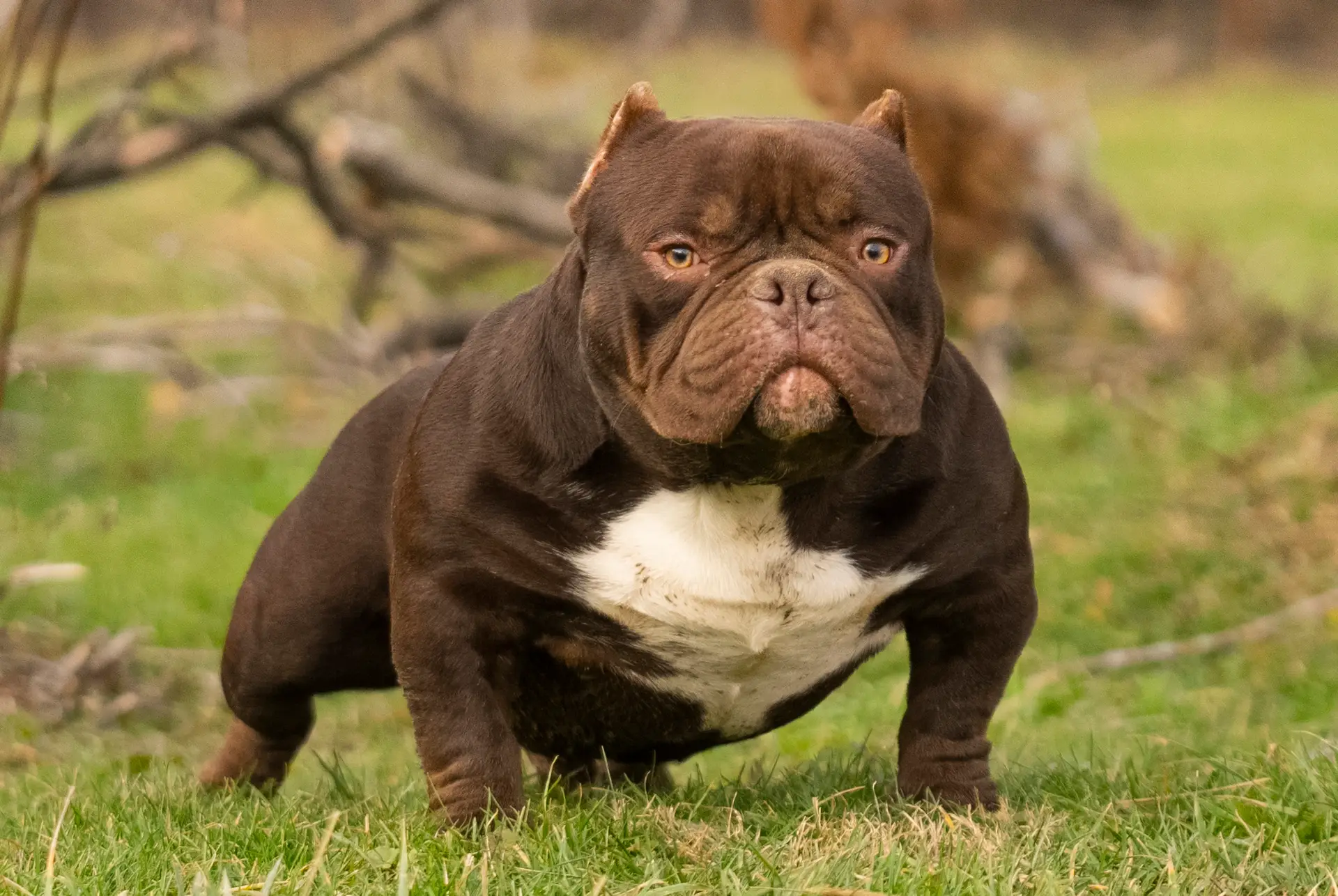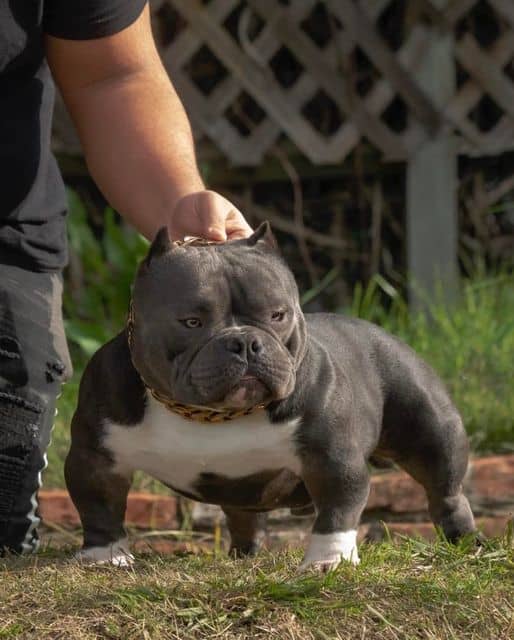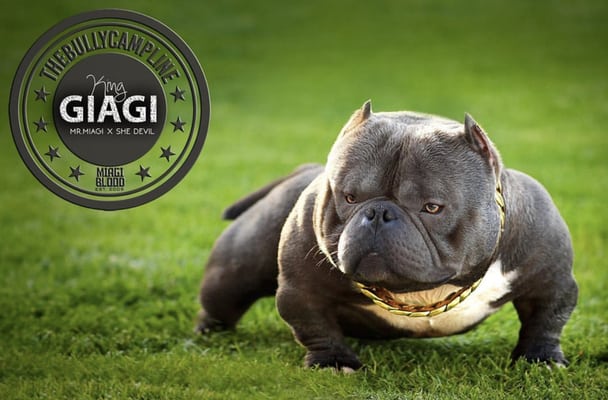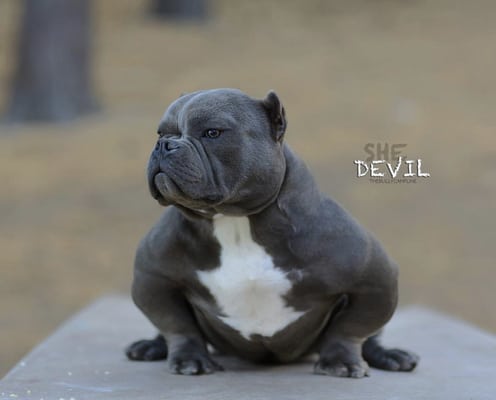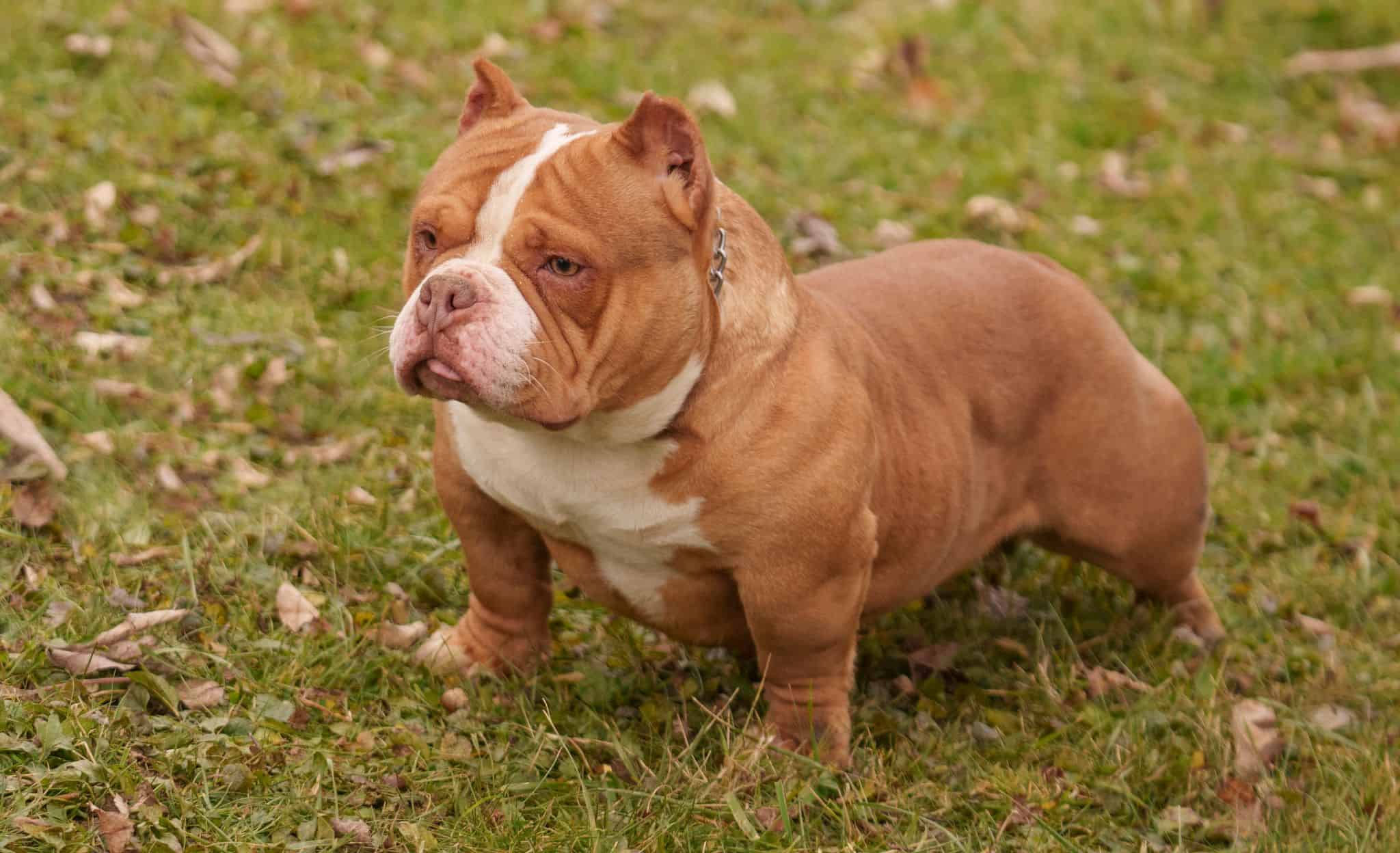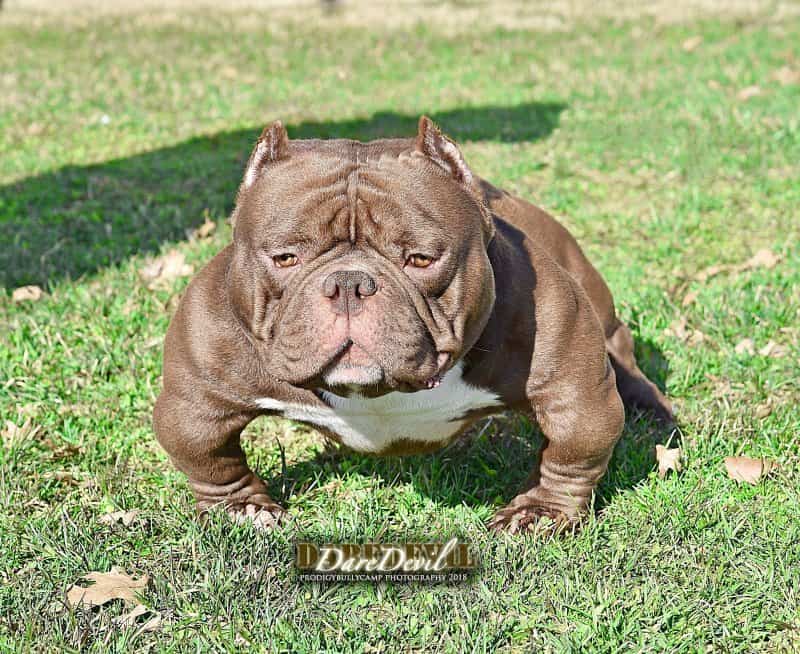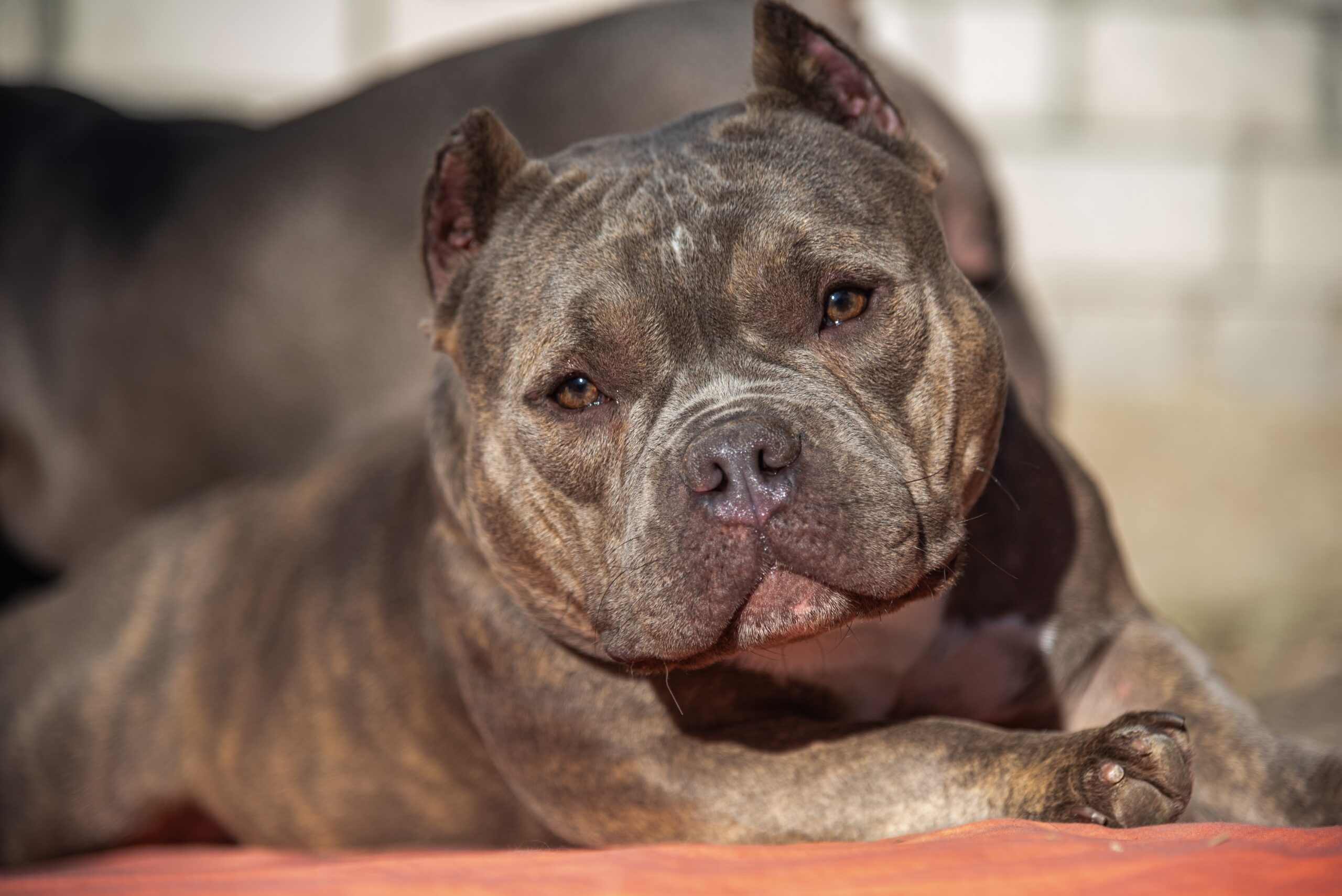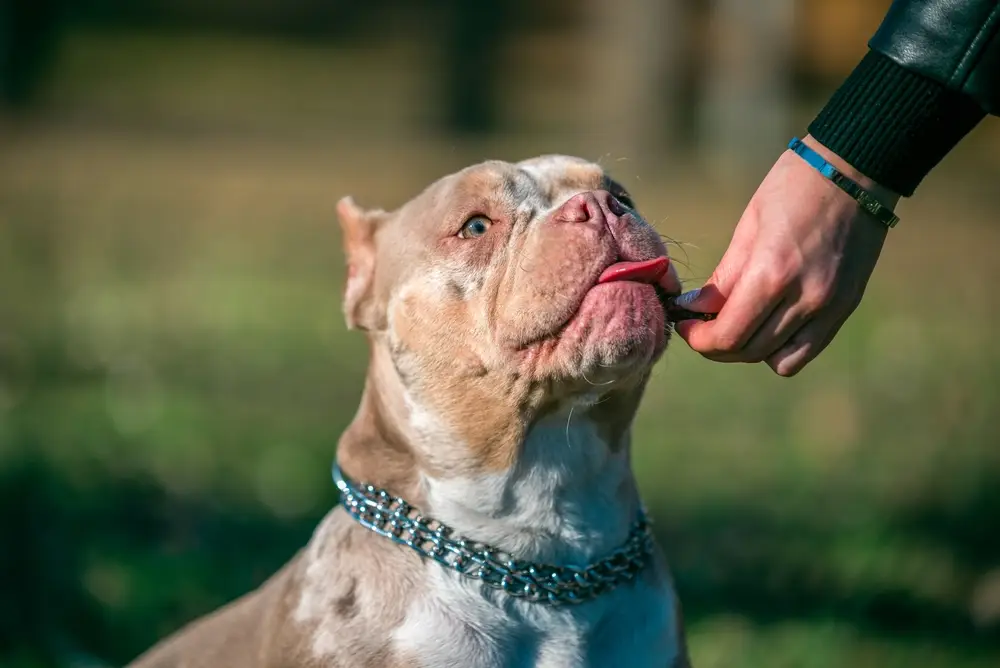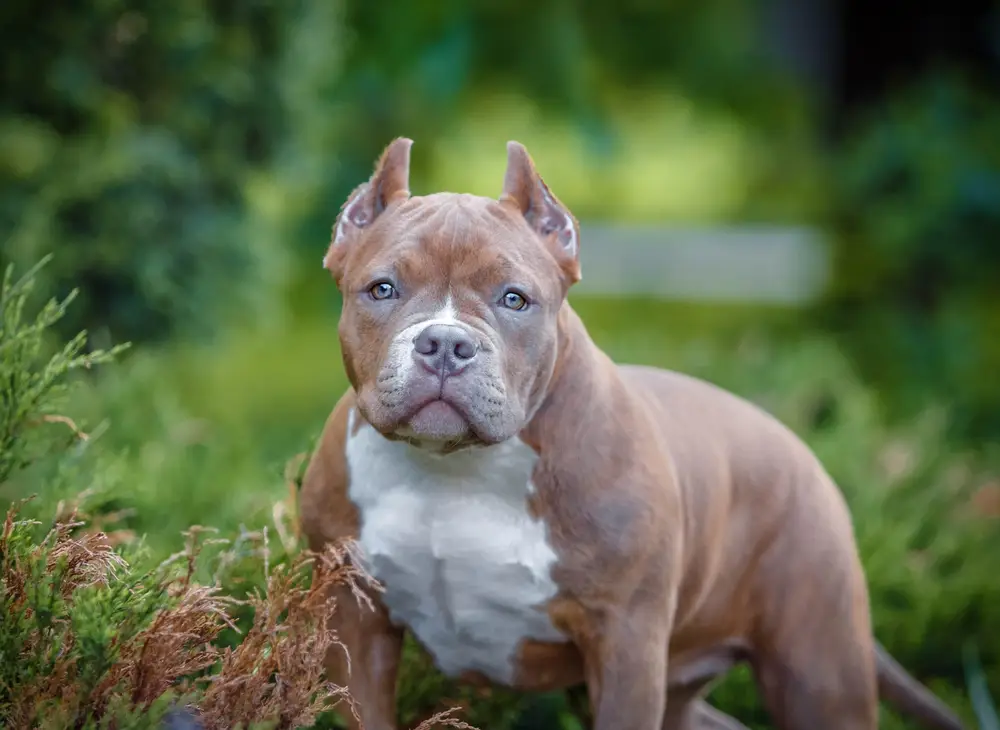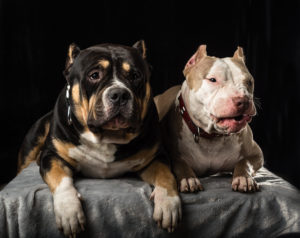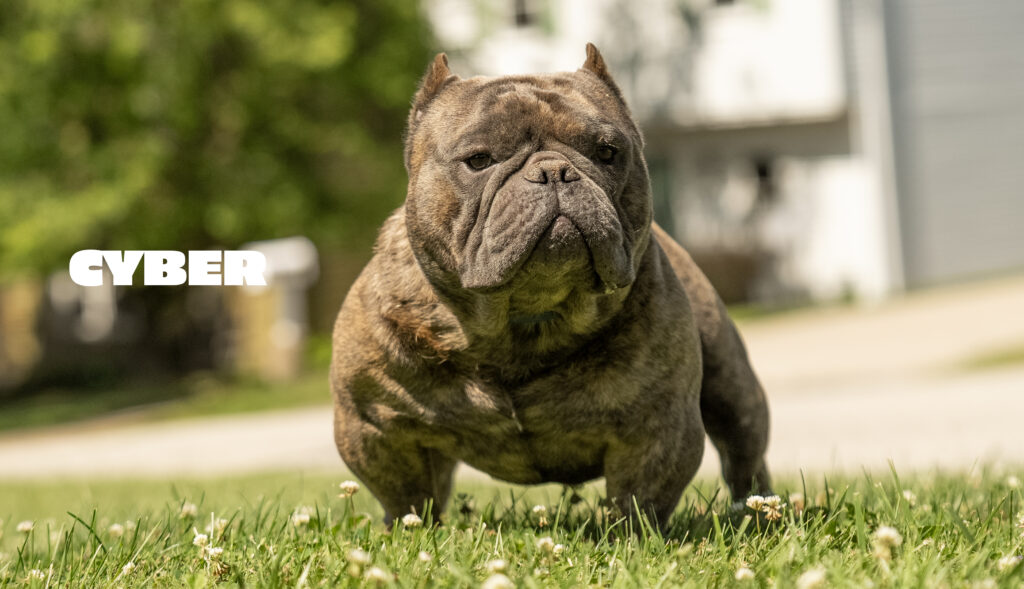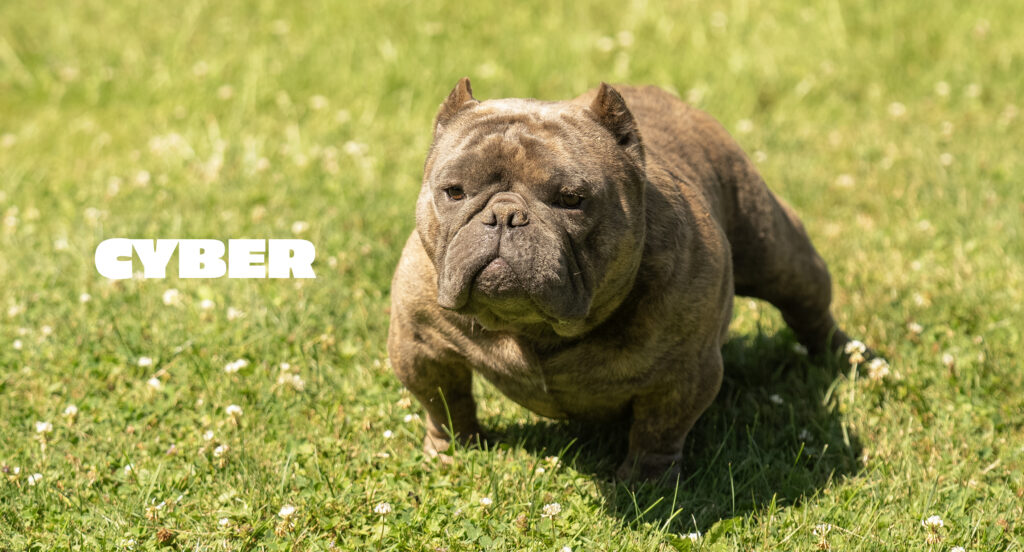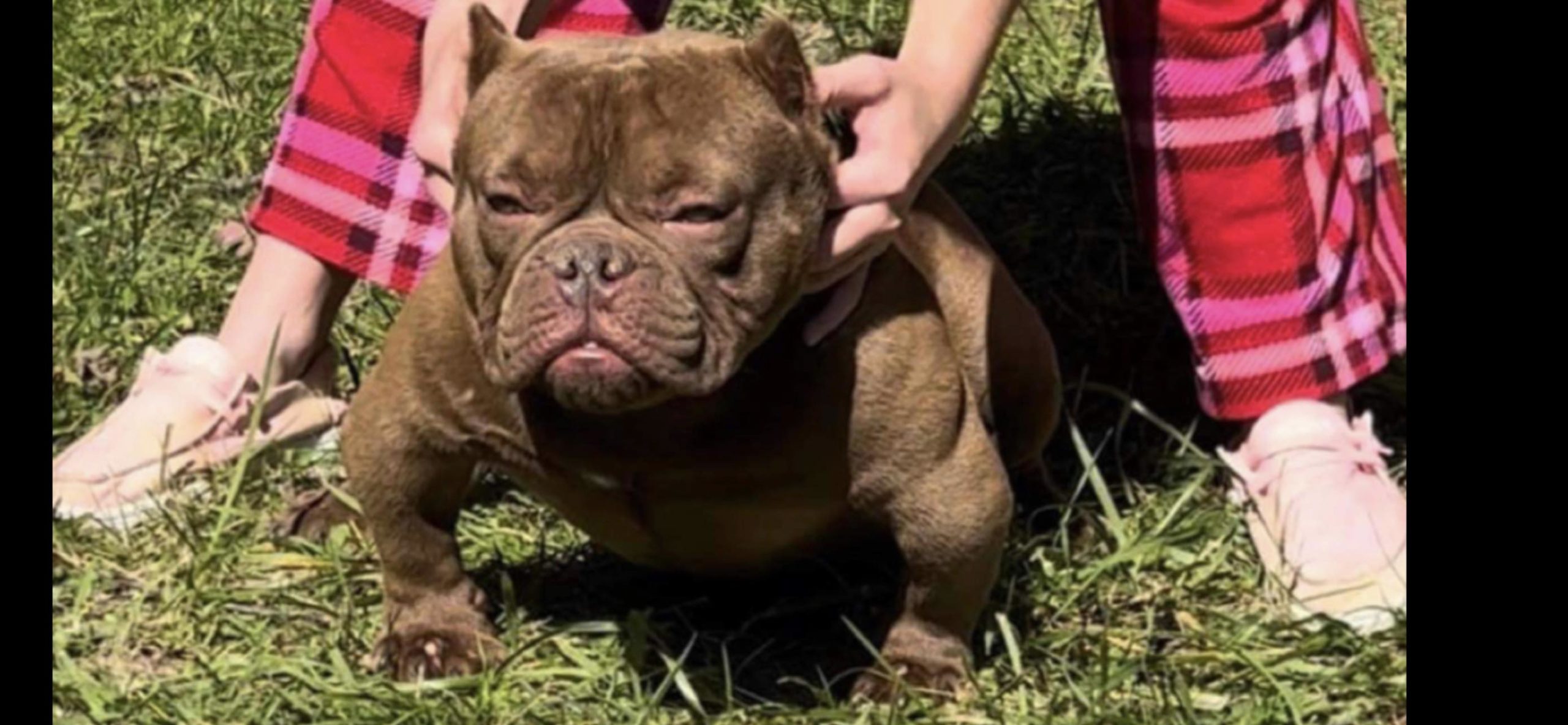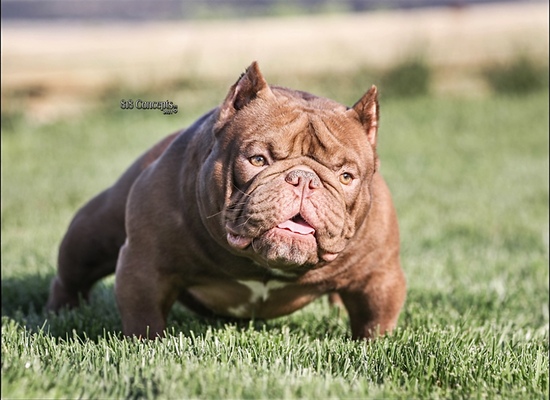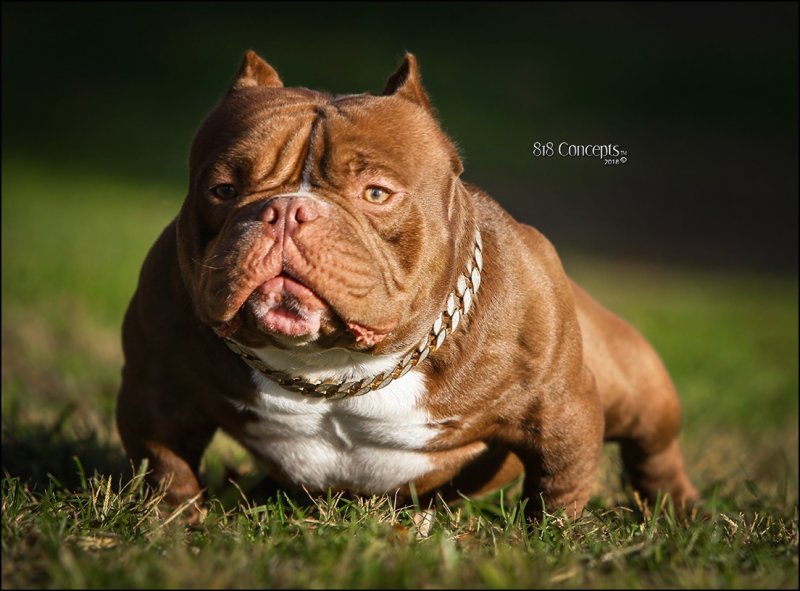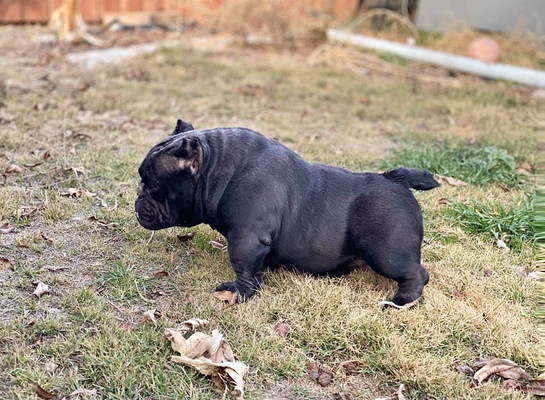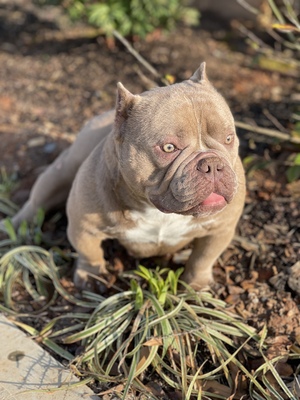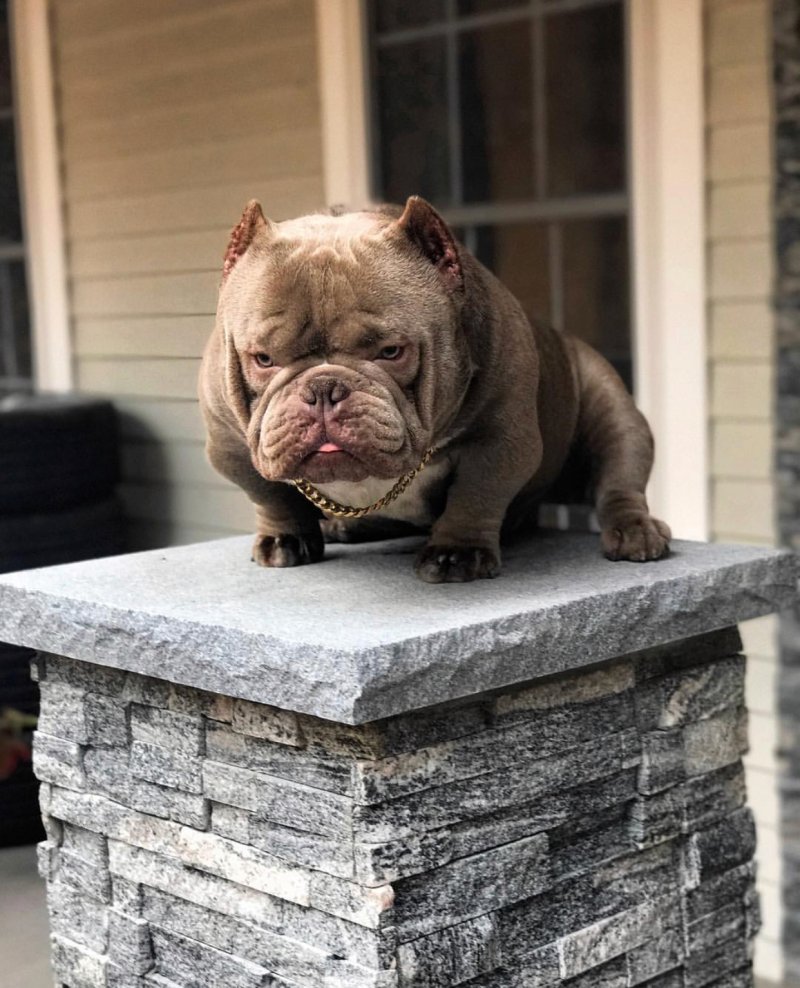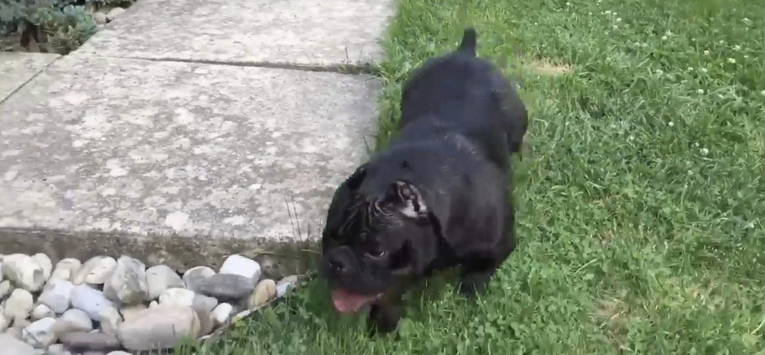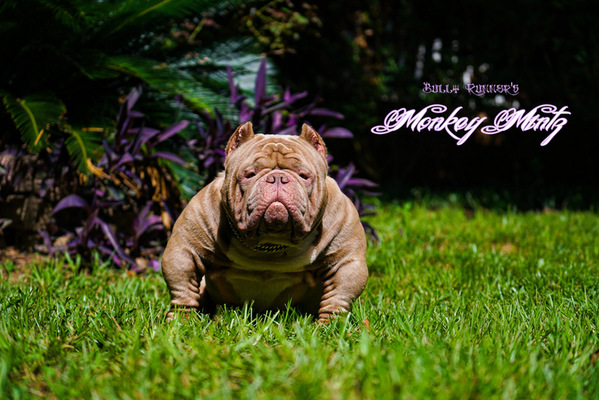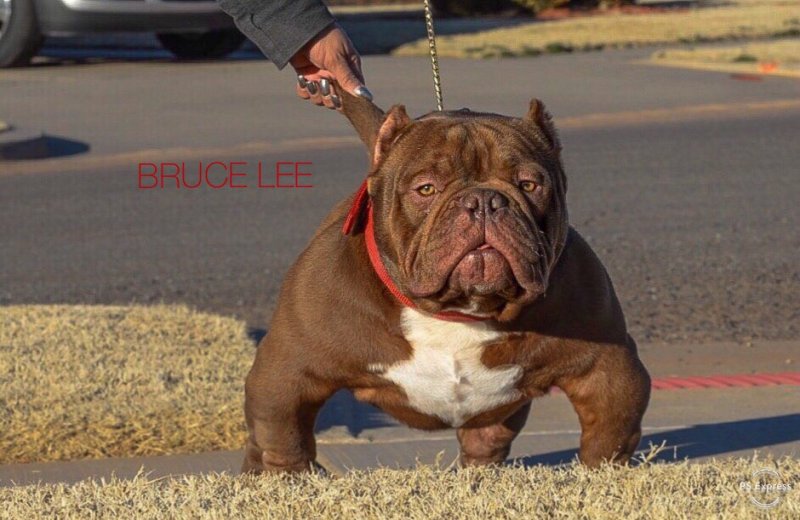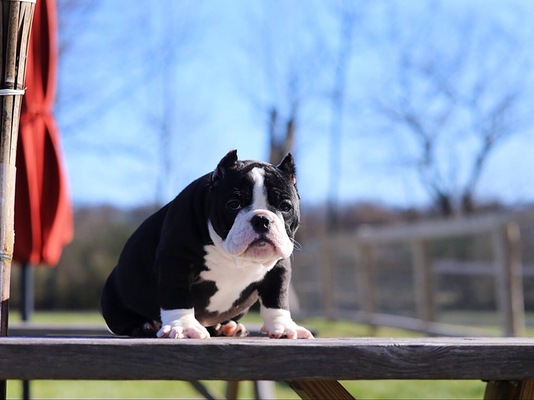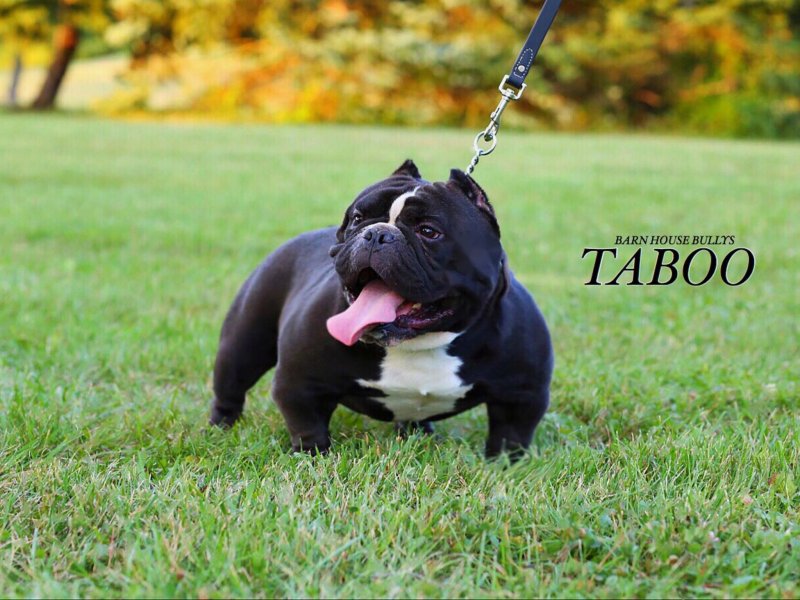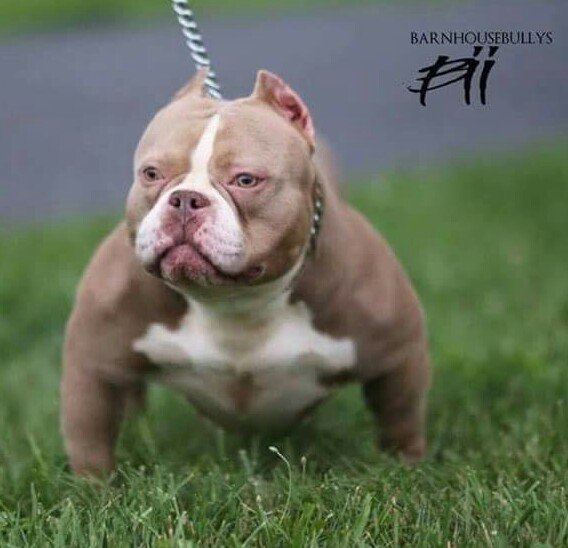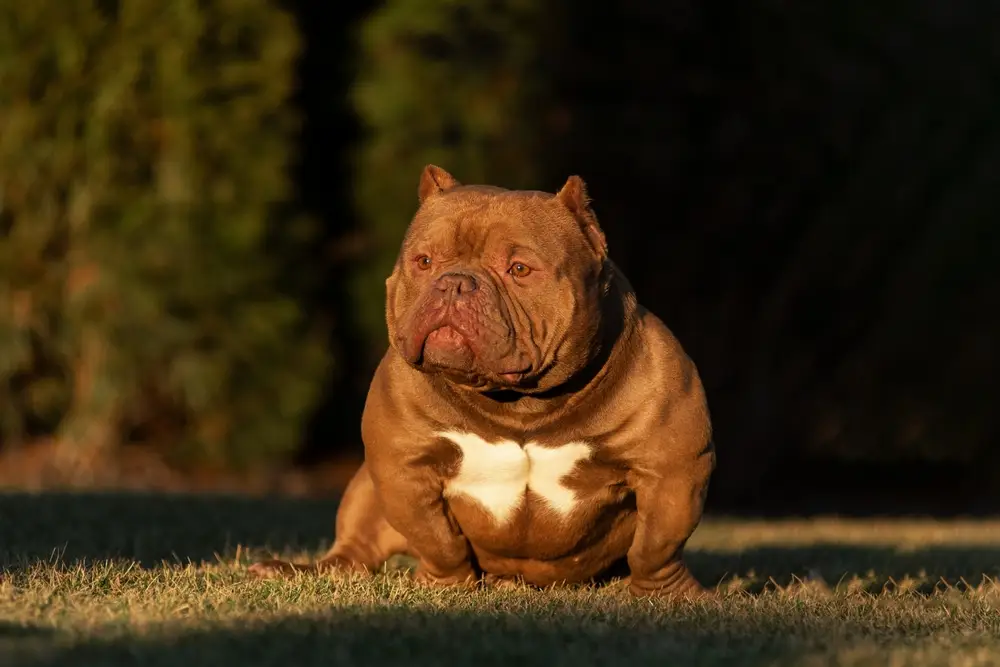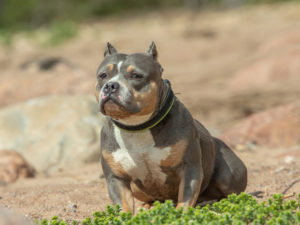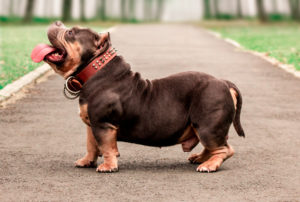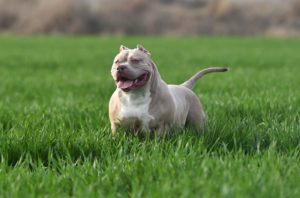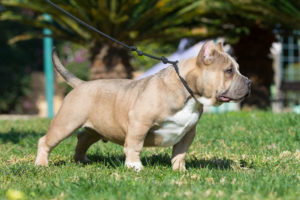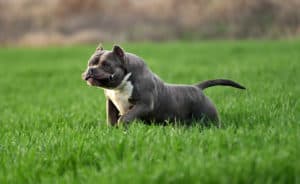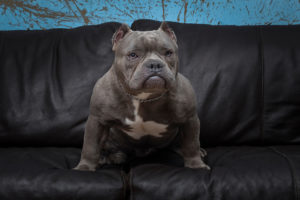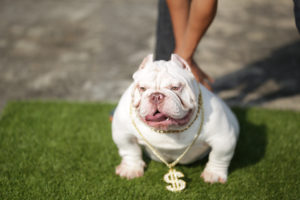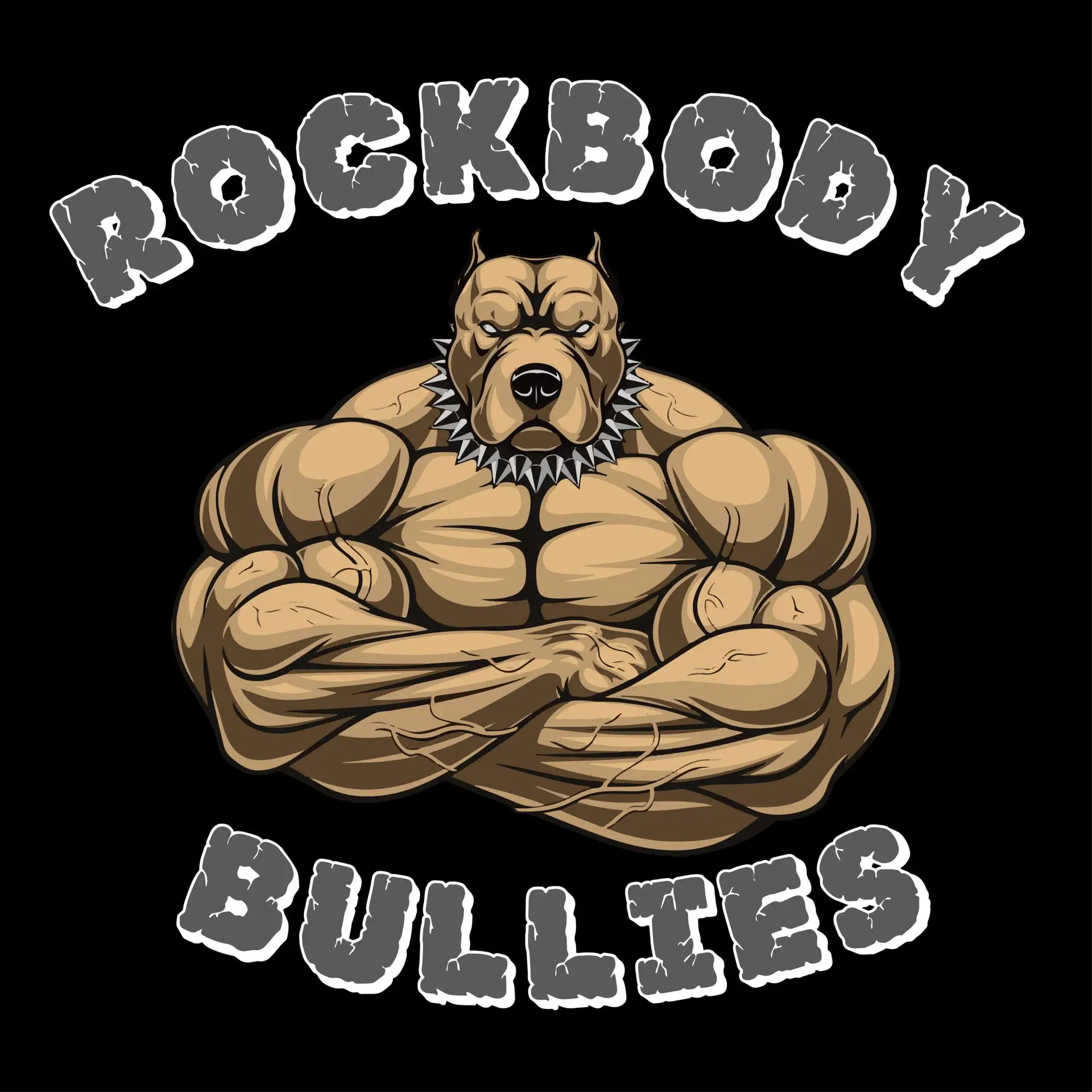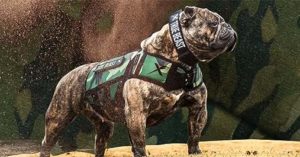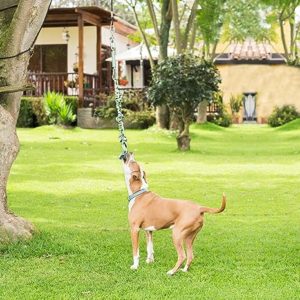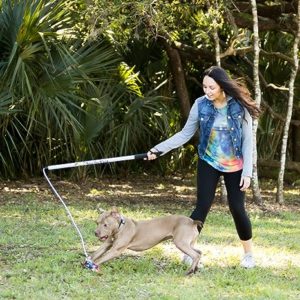When you think of an American Bully, images of muscular physiques and massive head structures often come to mind. But within the bully family, there’s a fascinating and rapidly growing category designed for maximum impact in a minimum size: the Micro Bully. Compact, powerful, and charismatic, this “tiny titan” continues to dominate the hearts of breeders and enthusiasts alike. If you’re curious about what sets Micro Bullies apart—and why Capcity Bullys specializes in these exceptional dogs alongside Pocket Bullies—read on to discover everything you need to know.
1. What Is a Micro Bully?
A Micro Bully is an unofficial variant within the American Bully breed, typically standing under 14 inches tall (often 10–13″) and built with remarkably dense muscle and bone. Despite their pint-size stature, Micro Bullies display the same powerful heads, thick necks, broad chests, and athletic presence of standard Bullies—only in a smaller, more compact package.
🟡 Key Traits:
Height: Generally 10–13″ at the withers
Build: Ultra-compact, robust structure with heavy bone
Head: Blocky, broad skull with well-defined jaw
Temperament: Charismatic, confident, and people-oriented
Micro Bullies blend impressive muscling and refined proportions into a smaller frame—a design both adored and sought after in the bully community.
2. Micro Bully vs. Pocket Bully: What’s the Difference?
Though both types fall in the compact bully category, their differences are distinct:
| Trait | Micro Bully | Pocket Bully |
|---|
| Height | 10–13″ | 14–17″ |
| Build | Exceptionally compact, thick bone | Slightly taller, balanced structure |
| Head | Extremely blocky and heavy | Well-defined but proportioned |
| Purpose | Specialty, rare, show/breeding focus | Companion, conformation, show potential |
Pocket Bullies, recognized by bodies like ABR, ABKC and UKC, offer a smaller alternative to Standards (~17–20″). Micro Bullies take compactness a step further recognized and by ABR and UKC.
3. Why the Micro Bully Trend is Booming
🔹 Instant “WOW” Factor
When people see a Micro Bully for the first time, their reaction is immediate: a small dog that looks like a champion bodybuilder.
🔹 Elite Genetics
Breeding a Micro Bully requires careful strategy—close-line breeding, selection for ultra-compact frames, and confirmation of health and temperament. The result? A high-demand dog with rare genetics.
🔹 Versatility
Micro Bullies suit small living spaces better than larger bully types. Despite size, they are energetic, athletic, and ideal for active families.
🔹 Breed Evolution
With breeder innovation, Micro Bullies are shaping the future of the American Bully breed—taking the best traits (muscle, structure, temperament) and condensing them into a more accessible size.
4. Capcity Bullys: Erie, PA’s Micro & Pocket Bully Experts
At Capcity Bullys, located in Erie, PA, we’ve dedicated years to perfecting Micro and Pocket Bully breeding. Here’s what sets us apart:
🛠️ Precision Breeding
We strategically pair dogs like Mayor (grandson of Bape) and Storm (Youngblood × Bullsace), fine-tuning size, bone, and structure to produce Micro Bullies with massive impact.
🌟 Champion Pedigrees
Our breeding stock features elite bloodlines—Bape, Youngblood, Bullsace, Daredevil—ensuring our puppies inherit proven muscle, temperament, and confirmation.
🇺🇸 ABKC-Pocket Standards
While our Micros often fall below ABKC Pocket height, we maintain the same conformation focus to meet show-quality standards in a boutique package.
🏡 Family-Raised & Socialized
All puppies are raised in a nurturing family environment. Early interaction with humans, sights, and sounds ensures well-rounded, confident dogs.
🌍 Serving PA/NY/OH
Erie, PA is home base for our program, but we proudly serve families and breeders across Pennsylvania, New York, Ohio—and offer nationwide shipping.
5. Choosing Between Micro & Pocket Bully
❓ Ask Yourself:
Space constraints – Studio apartment or large backyard?
Family dynamic – Kids? Seniors? Seniors typically prefer smaller Micros.
Investment and rarity – Micro Bullies are rare and in high demand.
Once you’ve identified your needs, Capcity Bullys can guide you to the perfect fit: miniature power with Micro Bullies or show-ready Pocket pups.
6. Micro Bully Care: Diet, Training, & Health
🍖 Nutrition
High-protein, meat-based diets fuel their muscular bodies. Supplements like glucosamine support joint health in these muscular mites.
🏋️ Training
Short, consistent training works best. They learn quickly, respond well to positive reinforcement, and bond strongly with their owner. Agility or obstacle courses are excellent outlets for their athleticism.
🛁 Grooming
They have single-layer coats—minimal shedding, easy to groom. Weekly brushing and regular nail trims keep them looking sharp.
🩺 Health Monitoring
Despite petite size, they require careful attention to hips and joints. Regular vet check-ups and healthy weight management are key.
7. What You Get from Capcity Bullys
When choosing a Micro or Pocket Bully, you’re not just getting a dog—you’re receiving:
Elite Micro & Pocket Bully puppies, bred to excel in structure, muscle, and temperament
Full health documentation—vet records, wellness checks, genetic testing
American Bully Registry or ABKC Pocket registration
Lifetime breeder support—guidance on nutrition, training, structure
Guaranteed clean structure and phenomenal bully type
8. Frequently Asked Questions
Q: Do you offer both Micro and Pocket Bully puppies?
Yes—we specialize in both, providing family-friendly companions and show-quality pups.
Q: What’s the difference in pricing?
Micro Bullies often carry a premium due to rarity. Pricing reflects bloodline, size, and structure.
Q: Do Micro Bullies stay small?
Generally, yes. They reach adult size (~10–13″) and stay compact. Early vet care and healthy weight maintenance support proper growth.
Q: Are these dogs good with families?
Absolutely. American Bullies are known for being loyal, gentle, and great with kids—regardless of size.
Q: Can I meet a stud or adopt an adult Bully?
We offer stud services and occasionally list adult dogs. Visit our “Stud Service” page for details.
9. Choosing Your Perfect Pup
Browse current litters – Our site showcases Micro and Pocket Bully puppies available now.
Read bloodline and structure data – See head-to-tail information to know exactly what you’re getting.
Secure your puppy – Reserve early with a deposit.
Prepare your home – We’ll send a complete care guide for your new companion.
Stay connected – Regular check-ins, photo updates, and support from the Capcity Bullys team.
10. Final Thoughts: The Power of Compact
Micro Bullies pack undeniable physical presence into small frames. Their combination of muscle, structure, and charisma creates a canine experience like no other. At Capcity Bullys, we’re proud to be innovators in this niche. With selective breeding, ethical values, and a drive for excellence, we produce Micro and Pocket Bullies designed for families, shows, and breeding success.
Ready to meet a compact powerhouse? Visit the Capcity Bullys website today to explore upcoming litters, history-rich bloodlines, and program details.
📍 Erie, Pennsylvania—serving PA, NY, OH
🐾 CapcityBullys.com | Follow us on Instagram & Facebook
